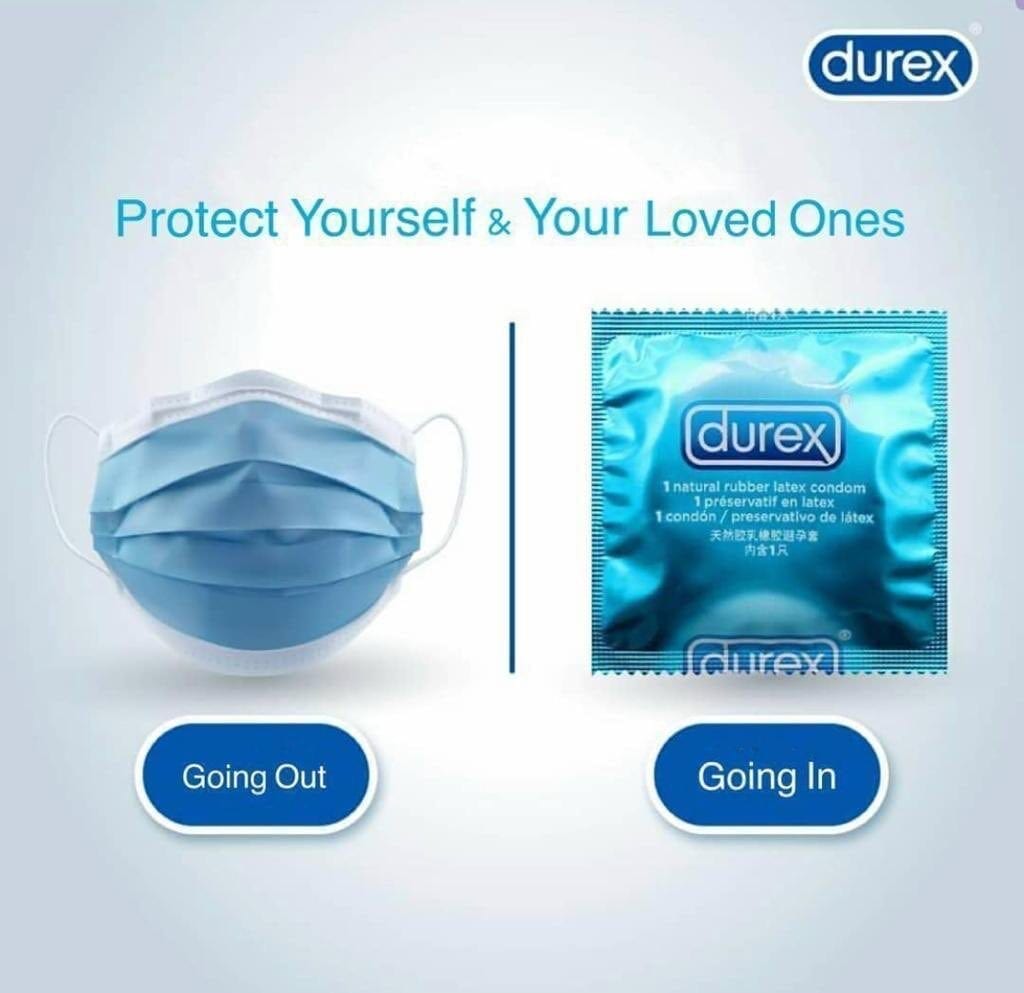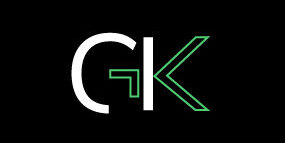Let’s not kid ourselves. While health workers staff the front lines, fighting to save lives, many of us keep ourselves busy with updating our Twitter.
“But wait, George. Isn’t this what marketers do these days?
Because Bob the Manager wants me to post three times a day to create a “buzz” around our lockdown special.
And Jenny B-School says this COVID-19 business is a “total fluke” and we should advertise as usual.
COVID-19 feels so surreal to me.
A few months ago, terms like “national lockdown,” “no-touch delivery,” and “virus testing” sounded weird, post-apocalyptic, and overblown.
Three hundred eighty thousand deaths and 6.500.000 infections later, COVID-19 sounds a whole less overblown to me. [I]
Over the past few weeks, I keep asking myself what a marketer’s role is during a crisis of such magnitude.
Can you fight a virus with a slogan? Should we even advertise our goods and services? If so, how?
I chewed and chewed on those thoughts… and I’m inclined to believe that not only should we, but we must.
Society needs us.
Now, look. Let’s make one thing clear. I’m not kidding myself. While health workers staff the front lines, literally fighting to save lives, many of us busy ourselves with updating our Twitter.
But marketers can STILL have a big impact. We can and should be change agents.
How Can We Lift the Shadow of Fear?
- Park away from any notion of baking “sales sales sales” into COVID-related messaging.
- Keep our ears to the ground to understand the zeitgeist of the health crisis.
- Start preparing – now not later – emotionally resonant campaigns for COVID round 2.
So what are people Feeling?
On the other hand, we have “longing” and “release” behaviors. A good example is a rising interest in vacations. After being stuck at home for so long, people can’t wait to travel and have fun again.
Another example is the sudden urge to shop for clothes from brick and mortar stores (take that e-commerce). Or the desire to go to a sports event with friends.
To crack jokes at the situation and make fun of ourselves.

To say that people have become inventive in their pursuit of release would be an understatement.

Some people make fun of the situation.


Let's learn from brands that did this exceptionally.

Round 2 is coming. Are you ready?
Here are some cool resources if you want to dive deeper into the topic.
